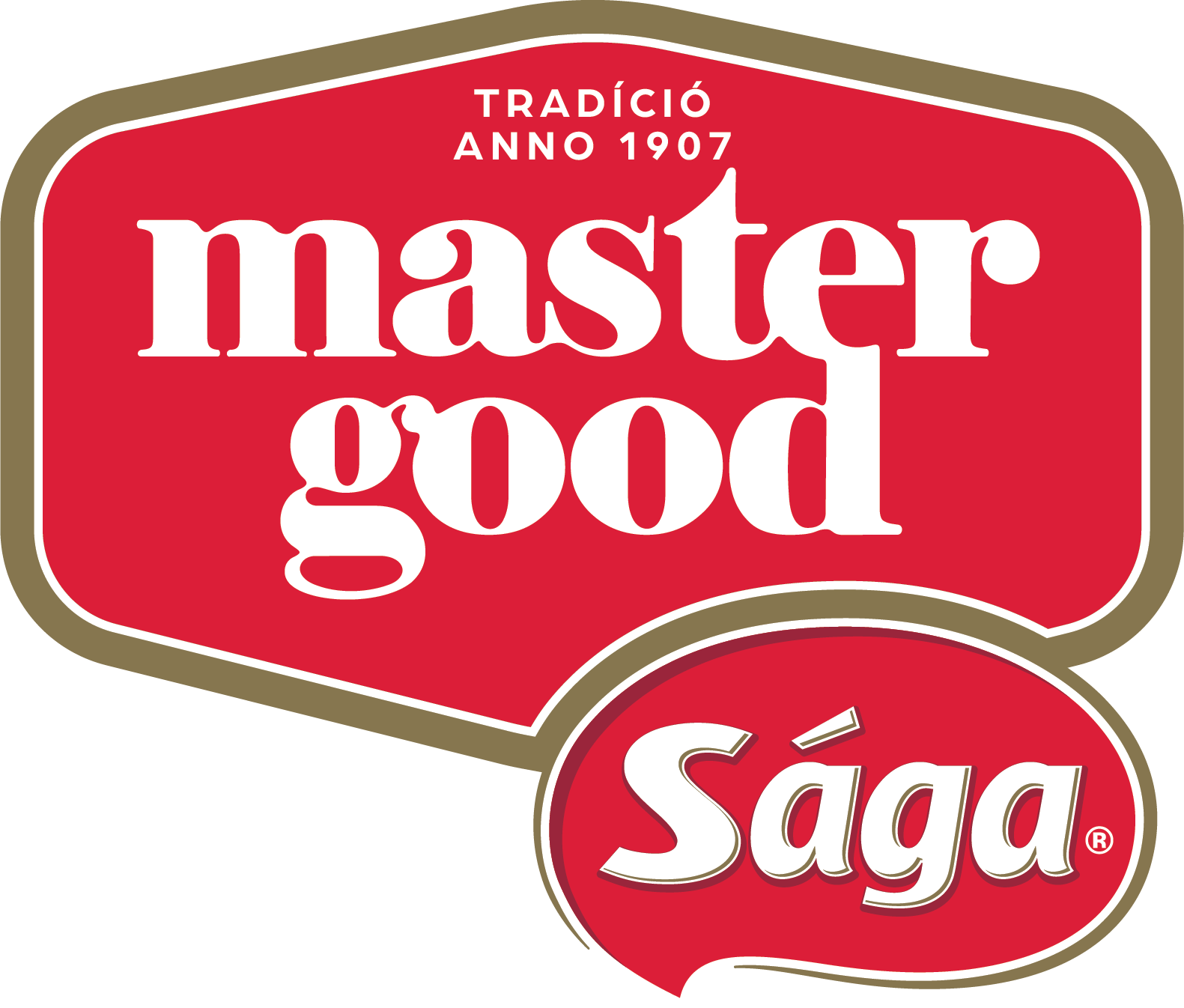It is essential for a healthy and balanced diet to consume all types of food, and in the right quantity.
1. Conscious shopping! Do not go shopping if you are hungry, because you put a lot of unnecessary food in your basket. Take a look at the information on the product label that help you to choose conscious, better formulated food. In addition to the usual products, try new ones, thus ensuring variety.
2. Right proportions! Try to set up your plate according to the healthy eating recommendations!
Half of the plate should have vegetables and fruits, preferably fresh and as many varieties as possible. Frozen products, dried fruits, legumes and 100% vegetable- and fruit juices also belong to this group.
On approx. 1/3 of the plate you should have cereals, especially those with a high fibre content (wholemeal breads, durum pasta, brown rice, wheat- or oat bran). Due to its high starch content potato should be listed here and not at the vegetables.
20% of the plate should contain foods of animal origin representing a source of full value protein. These include meat (e.g. chicken), fish, egg, milk and dairy products.
The glass next to the plate indicates the daily fluid requirement. Mainly you should drink water as it the best thirst quencher, and it also has no energy content.
3. Meals several times a day! Avoid large portions, eat less and several times. Use smaller plates when serving, so you take less from the food.
PORTIONS
FOR KIDS
The recommended portion per serving might vary by age group, and depending on usage.
For sandwiches:
| 1-3 years | 15-25 gram |
| 4-6 years: | 20-30 gram |
| 7-10 years: | 30-40 gram |
For soup:
| 1-3 years: | 20-30 gram |
| 4-6 years: | 30-40 gram |
| 7-10 years: | 40-60 gram |
As side dish:
| 1-3 years: | 25-40 gram |
| 4-6 years: | 40-60 gram |
| 7-10 years: | 50-80 gram |
FOR ADULTS WITH A DIET OF ~2000-2500 KCAL
| in meat broth:: | 60-80 gram |
| as meat side dish:: | 100-120 gram |
| Cold cuts for sandwiches: e.g. half pack of 100 g “Selyemsonka” | 40-60 gram |
| frankfurter as side dish: e.g. 3 pcs of “Füstli” | 90-120 gram |
Energy
| Meat type | Protein content (g/100g) |
Fat content (g/100g) |
Carbohydrate content (g/100g) |
Energy content (kcal) |
| Chicken thigh meat | 20,9 | 5,2 | 0,5 | 136 |
| Chicken breast | 27,7 | 1 | 0,5 | 112 |
| Veal | 19,5 | 4,5 | 0 | 120 |
| Pork (lean) | 21 | 8,1 | 0,4 | 159 |
ON FOOD INTOLERANCE AND FOOD ALLERGY
Nowadays, food allergies and intolerances are a public health issue, due to the growth of the affected population; which can also have an effect on the life quality of the individual and his family. It is important to be able to provide them with an adequate choice of food, so there is an increasing focus on the so called “-free” products, which make it easier to comply with the dietary requirements, while having a varied diet.
Food intolerance: a symptom caused by a food ingredient without having an immunological abnormality. The two most common forms are the gluten and lactose intolerance. Gluten (flour) intolerance is a genetically determined autoimmune disease, characterized by small intestine mycoderm damage and absorption malfunction. Gluten intolerance accompanies us for the rest of our lives, however one can be symptom free by following dietary rules and having appropriate (gluten free) foods.
Lactose intolerance affects about 30% of the Hungarian population; the decrease or complete absence of the enzyme that breaks down sugar (lactase) causes abdominal complaints. The lactose intolerance in childhood is usually temporary (e.g. following a viral infections), but mostly permanent in adulthood (due to the decreased lactase enzyme production). Big difference compared to gluten intolerance is, that there are different levels of intolerance, so even products with low lactose content can be consumed, taking into consideration the individual tolerance level. Those who have complaints about these products, should choose a lactose free version.
Food allergy: an abnormal, enhanced immune response to a food or any of its ingredients. The allergy is heritable, but environmental factors also play a role in its development. In Hungary, food allergy occurs only in a few %, but more often at women. Most common allergens are milk, egg, soy, fish, nuts and cereals. Following a medical diagnosis, a special, allergen- free diet is required. You can get further information from product labels and from the website, which products can be consumed safely.
